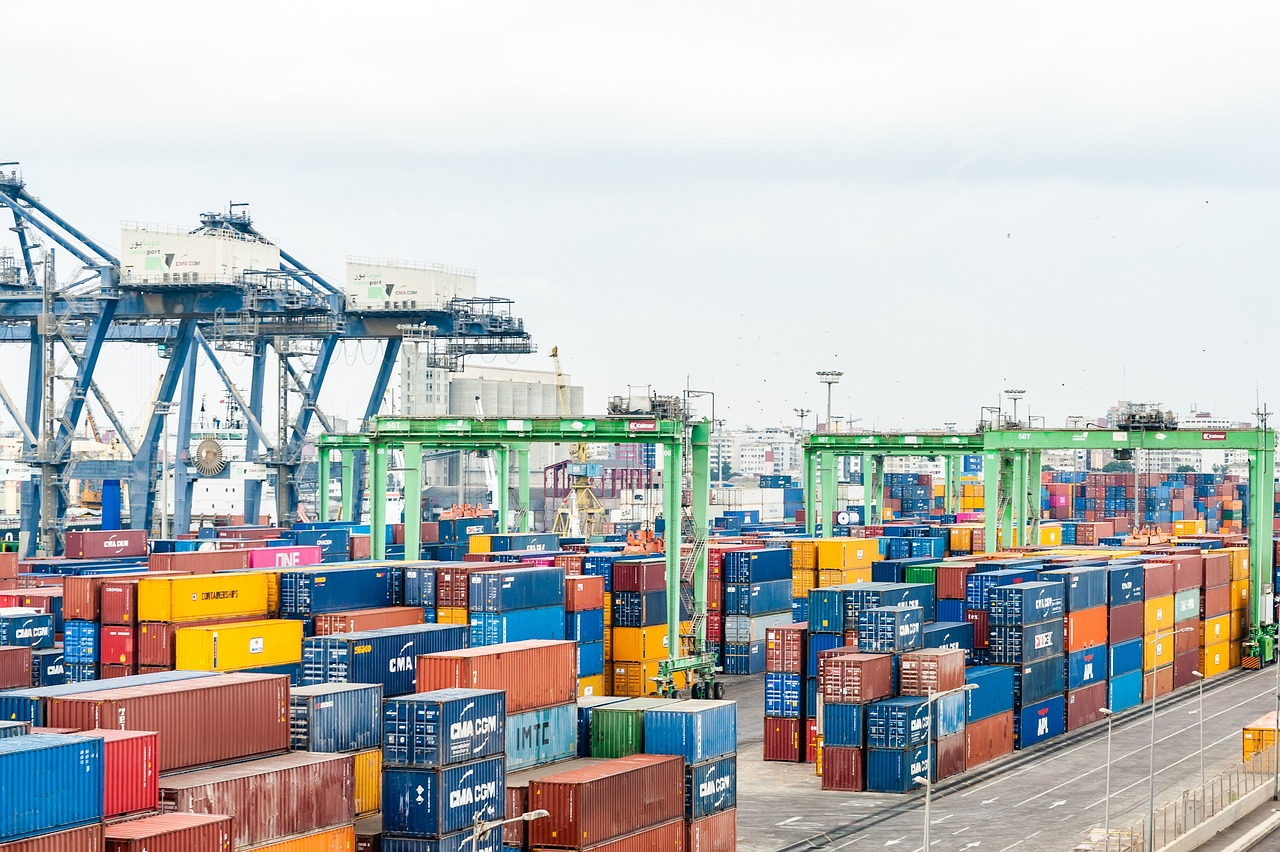
A significant part of Hungarian exports are destined for the Far East, mainly by sea.Continue reading

Last year, the export value of agricultural and food products in euro increased by 2.5 percent, while imports decreased by 1.4 percent, resulting in a 13.1 percent improvement in the balance, reads the latest report of the Agricultural Economics Institute (AKI).
Exports amounted to €13.732 billion and imports to €9.717 billion, bringing the international agricultural trade asset to €4.015 billion, €464 million more than in 2023. Meanwhile, the share of processed food continued to rise.
The export value of 15 out of 24 groups of agri-food products increased in 2024, compared to the previous year.
The biggest increase was in the turnover of various food preparations, with a surplus of €149.8 million compared to 2023. The export value of beverages, spirits, and vinegar was €95.2 million higher than in the base period. The export value of cereals increased by €74.1 million to €1.782 billion. Thanks to the increase in exports of sunflower seeds and rapeseed, the export value of oilseeds also increased, rising by €58.9 million to €671.4 thousand.

Photo: Pixabay
Among the major commodity groups, the largest decline was recorded in the group of animal and vegetable fats and oils, where the export value fell by €142.8 million (13.7 percent) to €896 million due to the decline in sunflower seed oil. The export value of meat products was €59.5 million below the 2023 level.
On the import side, the import value of 13 out of 24 agricultural and food commodity groups increased to a greater or lesser extent. The highest was for cocoa products, up €83.5 million to €671.4 thousand. The largest decrease was for cereals compared to 2023, at €239.8 million.
Zoltán Fórián, senior agricultural expert at Erste Agrár Központ Elemzés, told Világgazdaság that
agricultural foreign trade moved in a positive direction last year, its structure does not show a trend reversal, and the partner network is stable.”
In 2024, 87 percent of the country’s agricultural trade was conducted with EU countries, and it is positive that the 1.5 percent increase was exceeded by an 8.3 percent increase in exports to third countries.
Hungary’s export market is led by
The combined share of the top five countries in total agricultural exports was 52.5 percent in 2024.

Photo: MTI/Krizsán Csaba
The expert pointed out that the degree of processing continues to rise, but unfortunately so do imports, an indication of the importance of food tenders.
Indeed, improvements in processing efficiency and competitiveness will also have an impact on suppliers.
He believes that the overall food trade landscape is positive and that value chains based on consumer expectations can be put on solid footing. In developed markets, consumers are the most likely to buy food products based on
However, Fórián noted that in a changing climate, with a tight labor supply and clouds gathering over EU subsidy policy, these goals can only be achieved at a much higher level of integration.
Via aki.gov.hu, Világgazdaság; Featured image: Pixabay